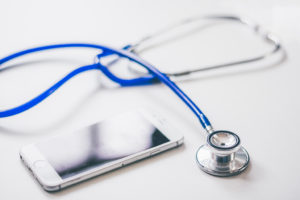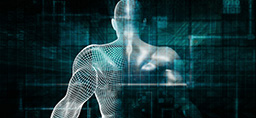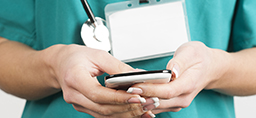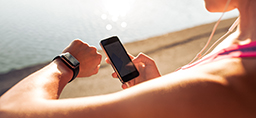
Soon, a simple touch of a finger to a smartphone case might be enough to provide instant, accurate blood pressure readings.
That’s the promise of new technology detailed by developers in the March 7 issue of Science Translational Medicine.
Researchers say they’ve invented a special phone case, using high-tech 3-D printing, that contains an embedded optical sensor on top of a “force” sensor.
When the user presses a finger onto the sensor embedded in the case, “it provides measurable pressure on an artery in the finger in the same way that a blood pressure cuff squeezes an artery in the arm,” according to a journal news release.
That information is then fed to a smartphone app that converts the data to a real-time blood pressure reading, displayed on the phone, says a team led by Ramakrishna Mukkamala of Michigan State University.
The researchers tested the usability of the device on 30 people, and found that about 90 percent could position their finger correctly and get consistent readings after only one or two attempts.
Two heart specialists said the device might one day be a game-changer.
“An accurate blood pressure measurement technique is critical for making helpful decisions in the management of hypertension,” said Dr. Joseph Diamond. He directs nuclear cardiology at Long Island Jewish Medical Center, in New Hyde Park, N.Y.
He stressed, however, that more rigorous testing must be done before any new blood pressure measuring technology becomes standard.
Dr. Rachel Bond helps direct women’s heart health at Lenox Hill Hospital in New York City. She noted that recent changes to the American Heart Association’s blood pressure guidelines—lowering the threshold for high blood pressure to 130/80 mmHg—means “more people will likely need access to blood pressure monitoring devices that are simple to use outside of the doctor’s office.”
Still, “with the use of any [portable] device, I strongly encourage the patient bring them in to the office to test for accuracy and allow for validation,” Bond said.
The research was funded by a grant from the U.S. National Institutes of Health.
 /a>
/a>
 /a>
/a>
 /a>
/a>